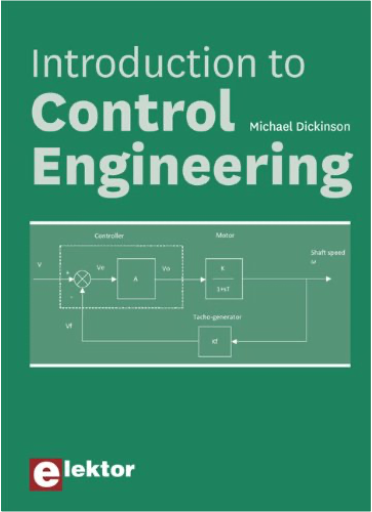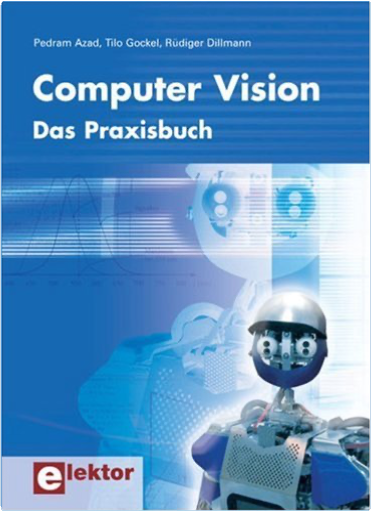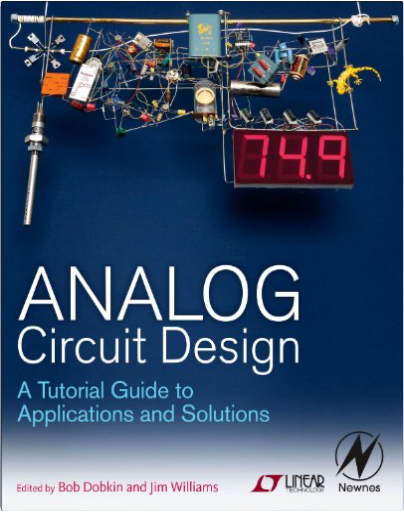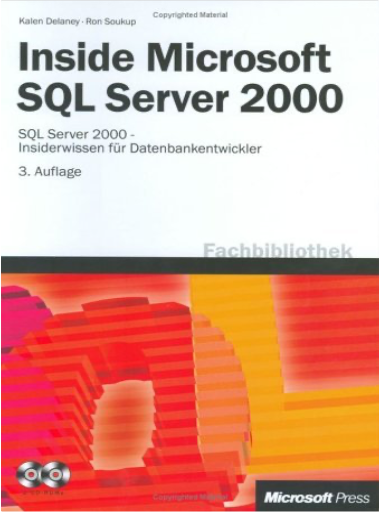 Inside Microsoft SQL Server 2000 - Insiderwissen für Datenbankentwickler, m. 2 CD-ROMsKalen Delaney, Ron Soukup Inside Microsoft SQL Server 2000 - Insiderwissen für Datenbankentwickler, m. 2 CD-ROMsKalen Delaney, Ron Soukup Der Microsoft SQL Server 2000 ist das Produkt, um skalierbare, große relationale Datenmengen in der Microsoft-Backoffice-Familie zu verwalten. Auch diese Applikation fügt sich nahtlos in die Windows-NT-4.0- und 2000-Server-Umgebung ein und nutzt vom Betriebssystem bereitgestellte Services.
In den ersten beiden Teilen wird ein kurzer Überblick über Entwicklung und Architektur als auch den SQL Server im Allgemeinen gegeben. Es werden die herausragendsten Features beschrieben und das Zusammenspiel der verschiedenen Komponenten erklärt.
Im folgenden Teil wird mit Blick auf den im Hintergrund laufenden Datenbank-Engine die Verwendung besprochen. Hierzu gehört die Planung und das Durchführen der Installation sowie das Modifizieren der Datenbanken, Tabellen/Indizes und der Daten selbst. Es wird neben Standard-SQL auch das Programmieren mit Transact-SQL behandelt. Hier erhalten Sie Wissen zu den speziellen Systemdatenbanken und Datenbankdateien des SQL Server 2000.
Abschließend folgt der Teil, der sich mit der Leistungsoptimierung befasst. Das Sperrmanagement, der Abfrageprozessor — insbesondere die Abfrageoptimierung — und Aspekte der Systemüberwachung und Konfiguration von Betriebssystem und SQL Server werden hier behandelt.
Dieses Buch ist ein unschätzbarer Begleiter, um den SQL Server 2000 in seinen Tiefen zu verstehen und effizient zu programmieren. Sie finden Unterstützung, um sowohl ein vorhandenes System zu tunen als auch um eine neue Umgebung aufzusetzen. Auf den zwei Begleit-CD-Roms finden Sie neben einer 120-Tage-Evaluierungsversion der SQL Server 2000 Enterprise Edition auch Beispielcodes und Skripte und ergänzend auch die elektronische Version dieses Buches.
Dies ist kein Buch für Anfänger, sondern ein für Datenbankadministratoren konzipiertes Werk, die das Maximum aus einer SQL-Server-Installation herausholen wollen. —Manfred Ackermann  Raspberry Pi Computer Architecture EssentialsAndrew K. Dennis Raspberry Pi Computer Architecture EssentialsAndrew K. Dennis Key Features Explore Raspberry Pi 2's hardware through the Assembly, C/C++, and Python programming languagesExperiment with connecting electronics up to your Raspberry Pi 2 and interacting with them through softwareLearn about the Raspberry Pi 2 architecture and Raspbian operating system through innovative projectsBook Description
With the release of the Raspberry Pi 2, a new series of the popular compact computer is available for you to build cheap, exciting projects and learn about programming.
In this book, we explore Raspberry Pi 2's hardware through a number of projects in a variety of programming languages. We will start by exploring the various hardware components in detail, which will provide a base for the programming projects and guide you through setting up the tools for Assembler, C/C++, and Python. We will then learn how to write multi-threaded applications and Raspberry Pi 2's multi-core processor. Moving on, you'll get hands on by expanding the storage options of the Raspberry Pi beyond the SD card and interacting with the graphics hardware. Furthermore, you will be introduced to the basics of sound programming while expanding upon your knowledge of Python to build a web server. Finally, you will learn to interact with the third-party microcontrollers.
From writing your first Assembly Language application to programming graphics, this title guides you through the essentials. What you will learn Set up your Raspberry Pi 2 and learn about its hardwareWrite basic programs in Assembly Language to learn about the ARM architectureUse C and C++ to interact with electronic componentsFind out about the Python language and how to use it to build web applicationsInteract with third-party microcontrollersExperiment with graphics and audio programmingExpand Raspberry Pi 2's storage mechanism by using external devicesDiscover Raspberry Pi 2's GPIO pins and how to interact with themAbout the Author
Andrew K. Dennis is the manager of professional services software development at Prometheus Research. Prometheus Research is a leading provider of integrated data management for research and is the home of HTSQL, an open source navigational query language for RDBMS.
Andrew has a diploma in computing, a BSc in software engineering, and is currently studying for a second BSc in creative computing in his spare time.
He has over 12 years of experience working in the software industry in the UK, Canada, and the USA. This experience includes e-learning courseware development, custom CMS and LMS development, SCORM consultancy, web development in a variety of languages, open source application development, blogging about the integration of web technologies with electronics for home automation, and punching lots of Cat5 cables.
His interests include web development, e-learning, 3D printing, Linux, the Raspberry Pi and Arduino, open source projects, home automation and the use of web technology in this sphere, amateur electronics, home networking, and software engineering. Table of Contents Introduction to the Raspberry Pi's Architecture and SetupProgramming on RaspbianLow-Level Development with Assembly LanguageMultithreaded Applications with C/C++Expanding on Storage OptionsLow-Level Graphics ProgrammingExploring the Raspberry Pi's GPIO PinsExploring Sound with the Raspberry Pi 2Building a Web ServerIntegrating with Third-Party MicrocontrollersFinal Project 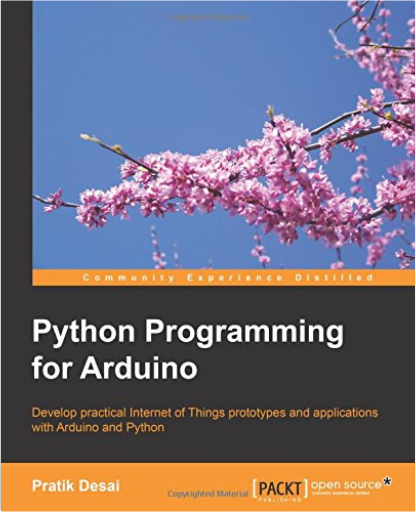 Python Programming for ArduinoPratik Desai Python Programming for ArduinoPratik Desai Develop practical Internet of Things prototypes and applications with Arduino and PythonAbout This Book Transform your hardware ideas into real-world applications using Arduino and PythonDesign and develop hardware prototypes, interactive user interfaces, and cloud-connected applications for your projectsExplore and expand examples to enrich your connected device's applications with this step-by-step guideWho This Book Is For
This is the book for you if you are a student, hobbyist, developer, or designer with little or no programming and hardware prototyping experience, and you want to develop IoT applications.
If you are a software developer or a hardware designer and want to create connected devices applications, then this book will help you get started. In Detail
The future belongs to applications and services that involve connected devices, requiring physical components to communicate with web-level applications. Arduino combined with the popular open source software platform Python can be used to develop the next level of advanced Internet of Things (IoT) projects with graphical user interfaces and Internet-connected applications.
Starting with designing hardware prototypes using Arduino, this book will then show you everything you need to know to be able to develop complex cloud applications. You will delve into domain-specific topics with incremental complexity, ending with real-world projects. You will quickly learn to develop user interfaces, plots, remote access, messaging protocols, and cloud connectivity. Each successive topic, accompanied by plenty of examples, will help you develop your cutting-edge hardware applications.  Pattern Recognition and Classification: An IntroductionGeoff Dougherty Pattern Recognition and Classification: An IntroductionGeoff Dougherty The use of pattern recognition and classification is fundamental to many of the automated electronic systems in use today. However, despite the existence of a number of notable books in the field, the subject remains very challenging, especially for the beginner.
Pattern Recognition and Classification presents a comprehensive introduction to the core concepts involved in automated pattern recognition. It is designed to be accessible to newcomers from varied backgrounds, but it will also be useful to researchers and professionals in image and signal processing and analysis, and in computer vision. Fundamental concepts of supervised and unsupervised classification are presented in an informal, rather than axiomatic, treatment so that the reader can quickly acquire the necessary background for applying the concepts to real problems. More advanced topics, such as semi-supervised classification, combining clustering algorithms and relevance feedback are addressed in the later chapters.
This book is suitable for undergraduates and graduates studying pattern recognition and machine learning.  Design Patterns for Embedded Systems in C: An Embedded Software Engineering ToolkitBruce Powel Douglass Design Patterns for Embedded Systems in C: An Embedded Software Engineering ToolkitBruce Powel Douglass A recent survey stated that 52% of embedded projects are late by 4-5 months. This book can help get those projects in on-time with design patterns. The author carefully takes into account the special concerns found in designing and developing embedded applications specifically concurrency, communication, speed, and memory usage. Patterns are given in UML (Unified Modeling Language) with examples including ANSI C for direct and practical application to C code.
A basic C knowledge is a prerequisite for the book while UML notation and terminology is included. General C programming books do not include discussion of the contraints found within embedded system design. The practical examples give the reader an understanding of the use of UML and OO (Object Oriented) designs in a resource-limited environment. Also included are two chapters on state machines. The beauty of this book is that it can help you today. .
*Design Patterns within these pages are immediately applicable to your project
*Addresses embedded system design concerns such as concurrency, communication, and memory usage
*Examples are contain ANSI C for ease of use with C programming code  Real-Time UML Workshop for Embedded SystemsBruce Powel Douglass Real-Time UML Workshop for Embedded SystemsBruce Powel Douglass Written as a workbook with a set of guided exercises that teach by example, this book gives a practical, hands-on guide to using UML to design and implement embedded and real-time systems. A review of the basics of UML and the Harmony process for embedded software development: two on-going case examples to teach the concepts, a small-scale traffic light control system and a large scale unmanned air vehicle show the applications of UML to the specification, analysis and design of embedded and real-time systems in general.A building block approach: a series of progressive worked exercises with step-by-step explanations of the complete solution, clearly demonstrating how to convert concepts into actual designs.A walk through of the phases of an incremental spiral process: posing the problems and the solutions for requirements analysis, object analysis, architectural design, mechanistic design, and detailed design.  Real-Time UML: Developing Efficient Objects for Embedded SystemsBruce Powel Douglass, David Harel Real-Time UML: Developing Efficient Objects for Embedded SystemsBruce Powel Douglass, David Harel 4.5 Real-time systems programmers face unique challenges. Qualities such as execution speed and memory size are paramount in the development of real-time systems, and performance is a fundamental aspect of correctness in this domain. Given these constraints and requirements, it is fair to say that the development of real-time systems is more challenging than that of most software systems. Yet the lack of a standard notation and design process has discouraged embedded systems developers from adopting a revolutionary new approach to software design—object technology—that has produced clearly identifiable benefits in less specialized software applications.
With the development and wide adoption of a standard notation, the Unified Modified Language (UML), real-time systems developers can now avail themselves of the benefits and advantages of object technology. UML is a 3rd generation modeling language which rigorously defines the semantics of the object metamodel and provides a notation for capturing and communicating object structure and behavior. It is particularly well-suited to modeling real-time and embedded systems. Real-Time UML is the introduction that developers of real-time systems need to make the transition to object-oriented analysis and design and modeling with UML. It covers the important features of the UML and shows how to effectively use the UML to model real-time systems. The book includes special in-depth discussions of finite state machines, object identification strategies, and real-time design patterns to help beginning and experienced developers alike.  Think Complexity: Complexity Science and Computational ModelingAllen B. Downey Think Complexity: Complexity Science and Computational ModelingAllen B. Downey Expand your Python skills by working with data structures and algorithms in a refreshing context—through an eye-opening exploration of complexity science. Whether you’re an intermediate-level Python programmer or a student of computational modeling, you’ll delve into examples of complex systems through a series of exercises, case studies, and easy-to-understand explanations.
You’ll work with graphs, algorithm analysis, scale-free networks, and cellular automata, using advanced features that make Python such a powerful language. Ideal as a text for courses on Python programming and algorithms, Think Complexity will also help self-learners gain valuable experience with topics and ideas they might not encounter otherwise. Work with NumPy arrays and SciPy methods, basic signal processing and Fast Fourier Transform, and hash tablesStudy abstract models of complex physical systems, including power laws, fractals and pink noise, and Turing machinesGet starter code and solutions to help you re-implement and extend original experiments in complexityExplore the philosophy of science, including the nature of scientific laws, theory choice, realism and instrumentalism, and other topicsExamine case studies of complex systems submitted by students and readers  Think DSP: Digital Signal Processing in PythonAllen B. Downey Think DSP: Digital Signal Processing in PythonAllen B. Downey Think DSP: Digital Signal Processing in Python is an introduction to signal processing and system analysis using a computational approach. The premise of this book (like the others in the Think X series) is that if you know how to program, you can use that skill to learn other things. By the end of the first chapter, you'll be able to decompose a sound into its harmonics, modify the harmonics, and generate new sounds. Subsequent chapters follow a logical progression that develops the important ideas incrementally, with a focus on applications. |
 Inside Microsoft SQL Server 2000 - Insiderwissen für Datenbankentwickler, m. 2 CD-ROMsKalen Delaney, Ron Soukup
Inside Microsoft SQL Server 2000 - Insiderwissen für Datenbankentwickler, m. 2 CD-ROMsKalen Delaney, Ron Soukup  Raspberry Pi Computer Architecture EssentialsAndrew K. Dennis
Raspberry Pi Computer Architecture EssentialsAndrew K. Dennis  Python Programming for ArduinoPratik Desai
Python Programming for ArduinoPratik Desai  Pattern Recognition and Classification: An IntroductionGeoff Dougherty
Pattern Recognition and Classification: An IntroductionGeoff Dougherty  Design Patterns for Embedded Systems in C: An Embedded Software Engineering ToolkitBruce Powel Douglass
Design Patterns for Embedded Systems in C: An Embedded Software Engineering ToolkitBruce Powel Douglass  Real-Time UML Workshop for Embedded SystemsBruce Powel Douglass
Real-Time UML Workshop for Embedded SystemsBruce Powel Douglass  Real-Time UML: Developing Efficient Objects for Embedded SystemsBruce Powel Douglass, David Harel
Real-Time UML: Developing Efficient Objects for Embedded SystemsBruce Powel Douglass, David Harel  Think Complexity: Complexity Science and Computational ModelingAllen B. Downey
Think Complexity: Complexity Science and Computational ModelingAllen B. Downey  Think DSP: Digital Signal Processing in PythonAllen B. Downey
Think DSP: Digital Signal Processing in PythonAllen B. Downey  Made with Delicious Library
Made with Delicious Library
